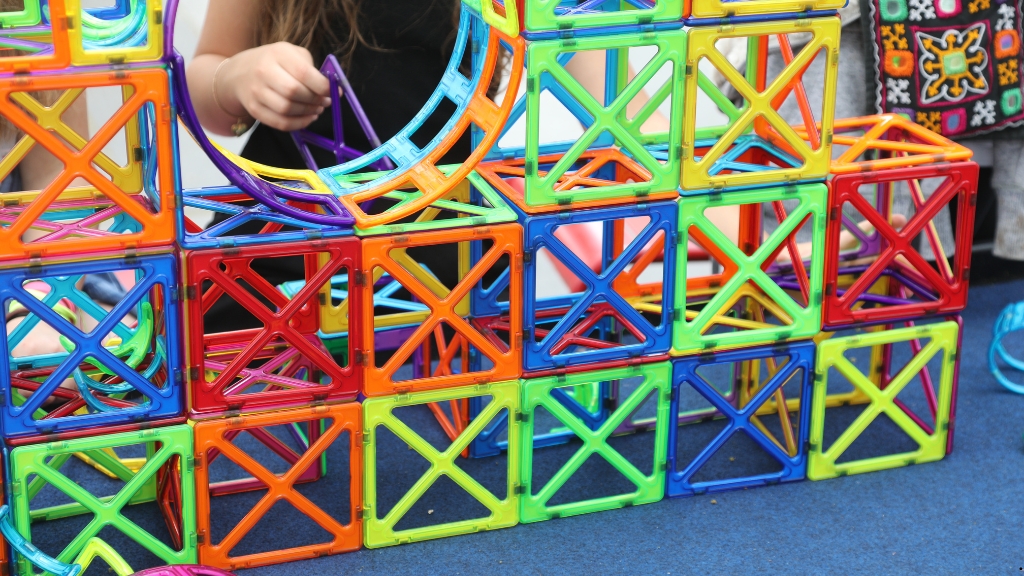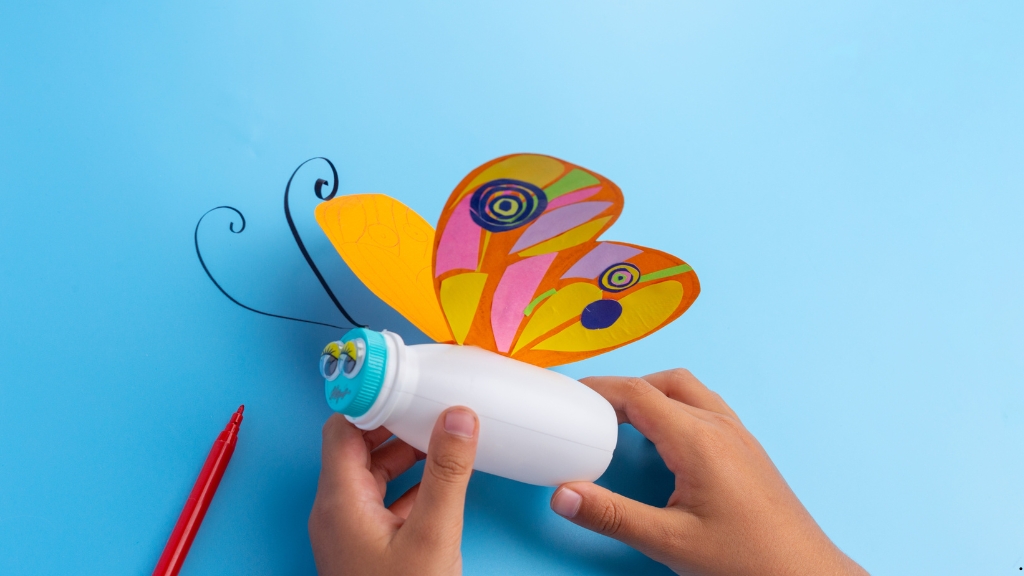
Understanding Color Psychology in Construction and Design Projects for Better Spaces
Color isn’t just about aesthetics; it plays a powerful role in shaping our emotions and perceptions. In construction and design projects, understanding color psychology can transform a space from ordinary to extraordinary. I’ve seen firsthand how the right colors can influence mood, productivity, and even creativity.
Whether you’re designing a cozy home or a dynamic office environment, the colors you choose can set the tone for the entire space. By tapping into the psychological effects of color, I can help you create environments that not only look great but also feel right. Let’s dive into how color can impact your next project and why it’s crucial to consider these elements during the design process.
Understanding Color Psychology
Color psychology studies how colors influence human behavior and emotions. Recognizing these effects is essential for effective construction and design, enhancing the overall atmosphere of any space.
Definition of Color Psychology
Color psychology examines the relationships between color and emotional responses. Each color evokes specific feelings and associations. For instance, blue often represents calmness, while red can signify energy or urgency. Understanding these associations helps in choosing colors that align with the intended purpose of a space.
Importance in Design
Integrating color psychology in design impacts both aesthetics and functionality. Thoughtful color choices can increase productivity, foster creativity, and create a welcoming atmosphere. For example, green promotes tranquility and focus, making it ideal for workspaces. Selecting the right colors not only enhances visual appeal but also contributes positively to the overall experience of a space, influencing how individuals feel and interact within it.
The Role of Color in Construction
Color plays a vital role in construction and design, influencing how individuals experience and interact with spaces. By understanding its effects, I can strategically select colors that enhance environments.
Impact on Mood and Behavior
Colors affect mood and behavior significantly. For instance, blue promotes calmness, while yellow stimulates energy. Research shows that green enhances focus, making it beneficial in workspaces, whereas warm colors like red can evoke excitement, ideal for social gathering areas. Careful consideration of these psychological effects leads to environments that enhance well-being and productivity.
Color Selection for Different Spaces
Color selection varies based on the purpose of each space. In residential areas, soft hues create a tranquil atmosphere, promoting relaxation. For kitchens, vibrant colors can encourage appetite and social interaction. Offices benefit from green and blue tones, fostering creativity and concentration. Public spaces often utilize bold colors to attract attention and energize users. Selecting colors that resonate with intended functions transforms the utility and emotional impact of each area.
Key Colors and Their Effects
Color choices in design projects significantly impact mood and atmosphere. Understanding how different colors affect feelings enables me to create spaces that resonate with intended emotions.
Warm Colors
Warm colors, including red, orange, and yellow, evoke energy, warmth, and excitement. Red stimulates passion and can enhance motivation, making it suitable for spaces where activity occurs, such as gyms or creative studios. Orange promotes enthusiasm and can increase social interaction, ideal for living rooms or dining areas. Yellow, often associated with happiness, enhances communication and positivity, making it an excellent choice for kitchens and playrooms.
Cool Colors
Cool colors, such as blue, green, and purple, create a sense of calm, tranquility, and relaxation. Blue induces feelings of serenity and focuses, popular in offices and bedrooms to encourage productivity and restful sleep. Green symbolizes nature and promotes balance, making it perfect for workspaces where concentration is key. Purple can add a touch of luxury or creativity, often used in artistic environments or personal studios.
Neutral Colors
Neutral colors, including white, gray, beige, and brown, provide a versatile backdrop for any design. White conveys simplicity and cleanliness, making it suitable for minimalist designs. Gray, depending on the shade, can be modern and sophisticated, fitting for professional settings. Beige and brown add warmth and coziness, often used in residential areas to create inviting atmospheres. These colors support other design elements, allowing for an adaptable, cohesive look across various spaces.
Practical Applications
Color psychology plays a crucial role in shaping the ambiance and functionality of spaces in both residential design and commercial settings.
Color Psychology in Residential Design
In residential design, color selection affects emotional well-being and daily life. Soft hues like light blues and greens create a serene atmosphere in bedrooms, promoting relaxation. Warm colors such as soft yellows and earthy tones generate inviting feelings in living rooms, encouraging family interaction. In kitchens, vibrant shades like red and orange can stimulate appetite and enhance sociability, while neutral colors provide a calming backdrop. The strategic use of color can transform a house into a personalized sanctuary that reflects the inhabitants' lifestyles and preferences.
Color Psychology in Commercial Spaces
In commercial spaces, color usage influences customer behavior and employee productivity. For instance, bright colors in retail environments attract attention, while red and yellow can evoke a sense of urgency and encourage purchasing. Cool colors such as blues and greens in office settings foster concentration and reduce stress, improving employee satisfaction. Additionally, utilizing bold hues in waiting areas can create an energetic vibe, enhancing the overall customer experience. Thoughtful color application can significantly impact how businesses engage with clients and how employees interact within their workspaces.
Conclusion
Understanding color psychology is crucial for anyone involved in construction and design. The right colors can transform a space and profoundly influence how people feel and interact within it. By thoughtfully selecting colors based on their emotional impact, I can create environments that not only look appealing but also enhance well-being and productivity.
Whether I'm designing a cozy home or a dynamic office, the colors I choose can significantly shape experiences. Embracing the principles of color psychology allows me to craft spaces that resonate with their intended purpose and foster positive emotions. As I move forward in my projects, I'll keep this powerful tool in mind to elevate my designs and create lasting impressions.


